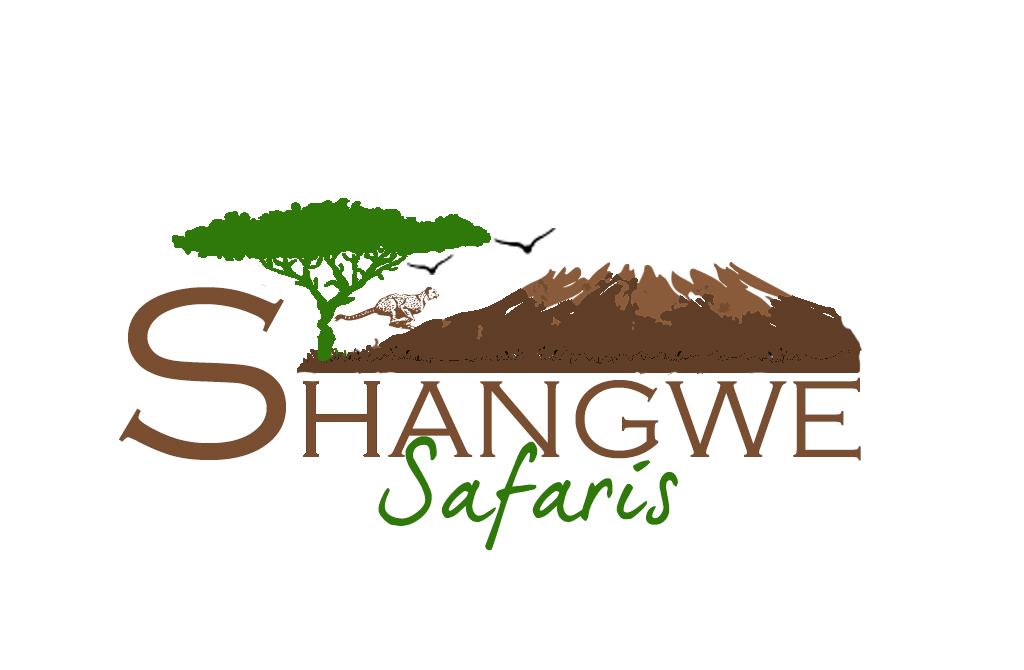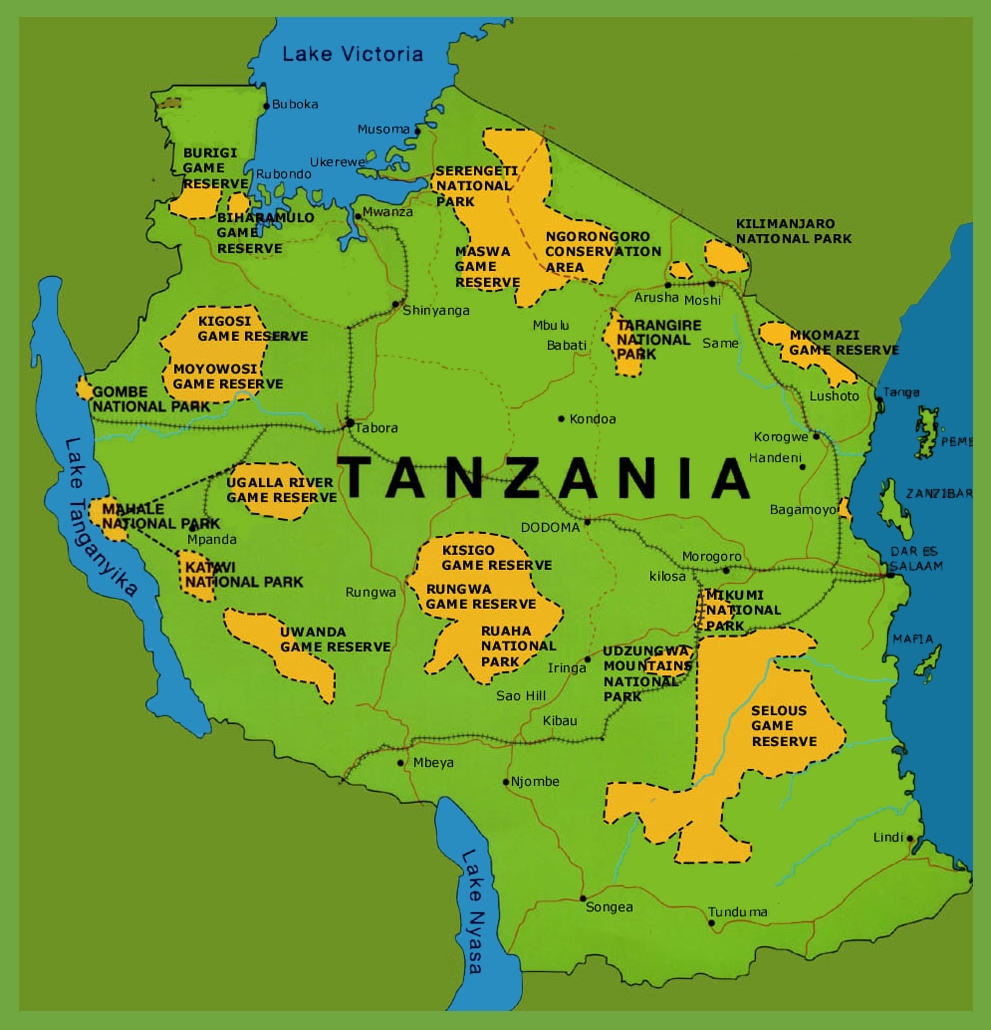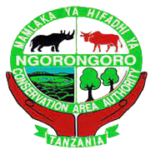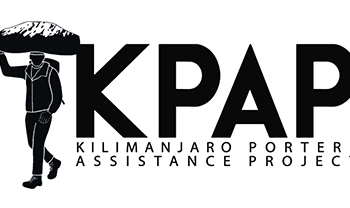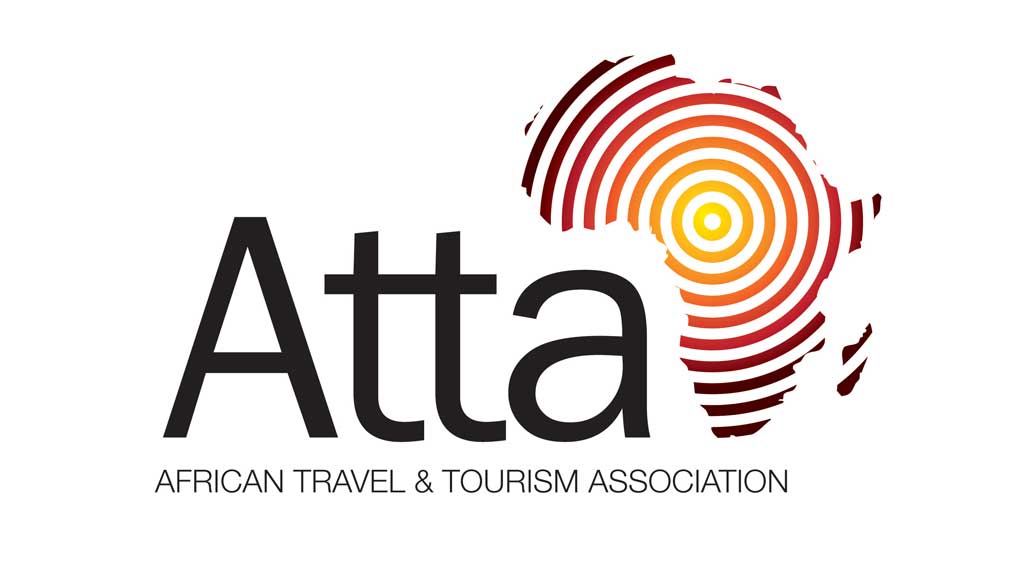You can climb Kilimanjaro at any time of the year. But we recommend climbing Kilimanjaro between mid December and March, or between mid June and October, to enjoy the best weather conditions. Please read on for more detail about the different seasons
-
The short dry season: Mid December to March
Late December, January, February and March are great months for climbing Kilimanjaro. For starters, while there's some rain during this season, it's not extreme. As you climb higher up the mountain, the weather is generally colder than it is during the other months, which means a higher probability of seeing snow on the summit. Snow on the summit is, of course, very beautiful. That said, trekking in snow doesn't appeal to everyone, and that combined with the lower temperatures, means these months tend to be quieter than the others. This is great if you're not too keen on crowds!
-
The long rainy season: April and May
April, May and November are generally speaking the least comfortable months to climb Kilimanjaro in terms of weather. The days can be very hot (as well as humid in the rainforest). Further, these are the wettest months, and you could end up trekking through downpours. All that said, you can still climb Kilimanjaro at this time, and one perk is that the mountain is less crowded.
-
The long dry season: June to October
June to October are great hiking months as there's little rainfall and it's not so hot during the day. There's also less cloud coverage at this time, which means you'll be treated to sprawling views over the African plains! The only downside, however, to climbing during these months is the crowds. One reason for this is that these months coincide with the summer holidays in Europe and North America. Perhaps consider January to March if you'd like a less crowded climb.
-
The short rainy season: November to mid December
The short rainy season sees some intense downpours in the rainforest zone of Kilimanjaro. It can also be pretty hot and steamy. For these reasons we don't consider November and the first half of December to be ideal Kilimanjaro climbing weather. That said, the mountain can still be climbed at this time if you wish. The mountain is pretty quiet during the short rainy season, which some find a plus. You might like to consider trekking the Rongai route at this time as that route receives less rainfall on average than the other Kilimanjaro routes.
-
Kilimanjaro temperature
The temperature on the Mount Kilimanjaro correlates with the four distinct climatic zones:
-
RAINFOREST ZONE
The Rainforest Zone (8,00m-3,000m) is hot and damp. Thickly covered with green vegetation this zone temperatures average 12-15 °C (20-25 °C during daytime) at 2,900 m.
-
LOW ALPINE ZONE
The Low Alpine Zone (3,000m-4,200m) is a semi-arid area and the higher you climb – the scarcer the flora becomes. Depending on the course, you will spend first one or two days with average temperatures range 5-10 °C at 3,600 m.
-
HIGH ALPINE ZONE
The High Alpine Zone (4,200m-5,000m) which is desert-like is where you will spend your fourth and fifth day on the Mount.
-
Why not to summit during a full moon?
Picture yourself on the last leg of your summit. The sky is lit up by the bright full moon. The moonlight glistening on the earth beneath your feet, twinkling like little stars is the best experience of your life. Sounds like a dream right? Well living the dream may be a bit easier than you think. Kilimanjaro full moon climbs are utterly breath-taking and are a unique way of experiencing an already life changing adventure.
Suricata Safaris provides the best Kilimanjaro Hiking Package and customizes as per your hiker needs. We will let you know about the best time to hike Kilimanjaro so that you can experience the best that the summit has to offer. During the hiking our guides will provide you with Mount Kilimanjaro facts and details that you would have never heard of before! -
What is the weather on Kilimanjaro?
Tanzania, home to the magnificent Mt Kilimanjaro, is located near the Equator, and so it won't surprise you to learn that most of the country experiences some very hot months. Yet Mt Kilimanjaro itself rises to 5,895 m above sea level, which gives its summit an arctic climate. This means Kilimanjaro trekkers can experience extremes of both heat and cold. But when are you likely to avoid the worst of the heat as well as the worst of the cold? And furthermore, since some months experience more precipitation than others, when is the best time of year for climbing the mountain to avoid slopping around on a saturated path? Our seasonal overview below can help you to choose the best time to climb Kilimanjaro from a weather perspective.

